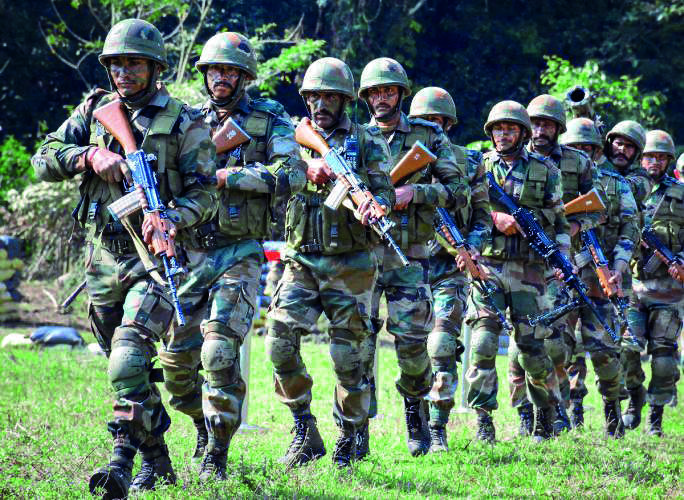Rather than relying on the existing quo, India must take aggressive steps to handle the current border conflict with China in Ladakh. The government’s quiet and euphemism on the matter have given the perception of incompetence and inaction, raising doubts about India’s ability to handle the situation.

A brief history of the Ladakh boundary dispute
- The boundary issue stretches back to the 1950s and 1960s, when China claimed and occupied substantial portions of the territory.
- The two countries engaged in a brief battle over the issue in 1962, which resulted in a Chinese victory and the formation of a de facto border line known as the Line of Actual Control (LAC).Since then, the two countries have been involved in a number of standoffs and clashes in the region, with tensions rising in recent years.
- The most recent border conflict in Ladakh began in May 2020 and is still ongoing.
The 2013 Depsang Crisis
- Depsang Plains of Ladakh: The Depsang crisis of 2013 was a heated border confrontation between India and China in Ladakh’s Depsang Plains in April-May 2013.
- The problem began when Chinese troops established a camp in the Depsang Plains, which is around 19 km inside what India deems its territory.
- The region is strategically significant because it overlooks the strategically significant Darbuk-Shyok-Daulat Beg Oldie (DSDBO) road, which India developed to increase connection to the border areas.
- Negotiations and withdrawal agreement: After three weeks of negotiations, the Chinese agreed to withdraw their troops in exchange for a guarantee by India to reduce its military presence in the area.
- The situation emphasised the long-standing boundary issue between India and China, which has resulted in multiple past standoffs and conflicts over the years.
What is the current state of affairs?
- At the Ladakh border, some areas have seen disengagement, while two areas, Depsang and Demchok, remain unresolved. Indian soldiers are not permitted to approach 26 of Ladakh’s 65 patrolling sites.
- Diplomatic meetings and discussions between corps commanders have yielded no results since September of last year. Regular discussions between Indian and Chinese Foreign and Defence Ministers have also failed to produce outcomes.
- India must find a method to put pressure back on China, as Beijing has never compromised unless it is forced to.
Steps must be taken in the future to put pressure back on China
- Utilise of imagination: The political elite must utilise their creativity to find a means to force their will on China.
- Be aggressive: India must be proactive in engaging with China because Beijing has never compromised unless pressed to do so.
- Tactical actions on the LAC must be daring, and the military must be used as an instrument to advance policy goals and impose one’s will on the adversary.
- Increase strategic thinking: Strategic thinking in Delhi must be bold and imaginative in order to wrest the initiative from China.
- Avoid military escalation: India’s fear of military escalation is impeding progress on the Ladakh border issue, and the administration must overcome this fear in order to take aggressive steps.
- Make use of diplomatic channels and international forums: India should use diplomatic channels and international forums to put pressure on China to address the border issue.
- Strengthen domestic capabilities: To match China’s strengths and better position itself in negotiations, India should focus on strengthening domestic assets, especially military and economic skills.
@the end
To address the continuing border situation with China in Ladakh, India must take decisive actions. A status quo strategy will no longer suffice, and India will need to seize the initiative from China. Failure to do so would be a national failure for India, and the government’s response to the issue must be bold and imaginative.
Source: https://www.bbc.com/news/world-asia-53062484
